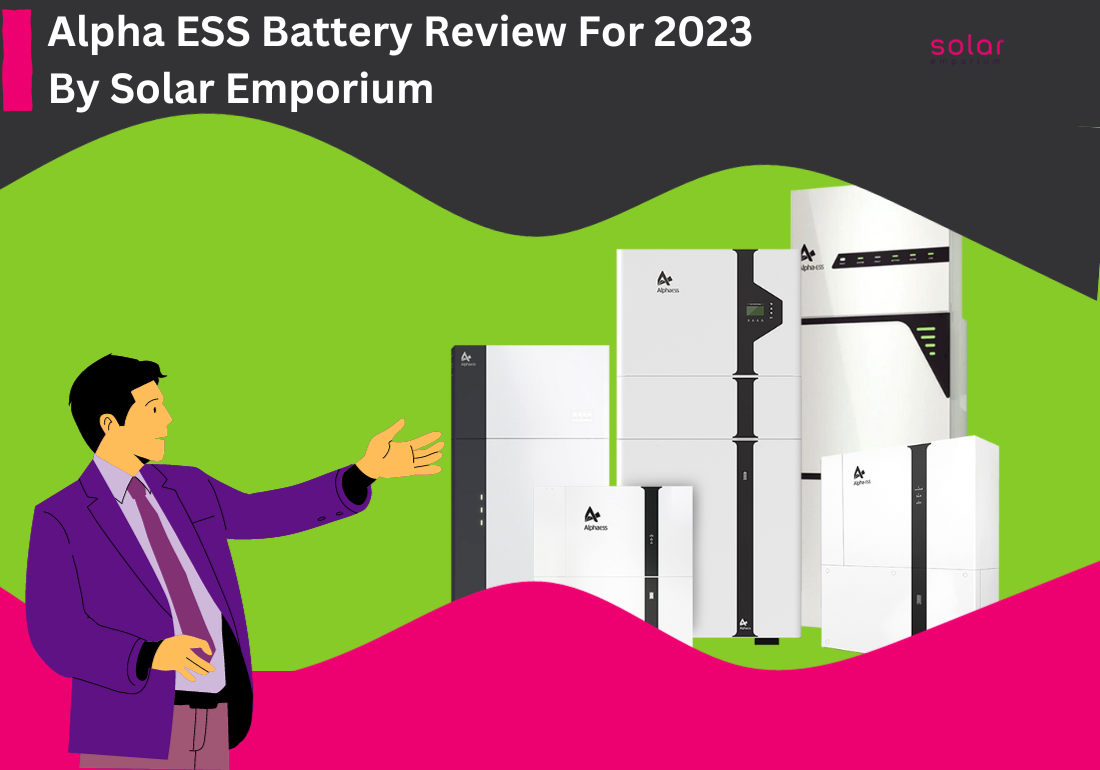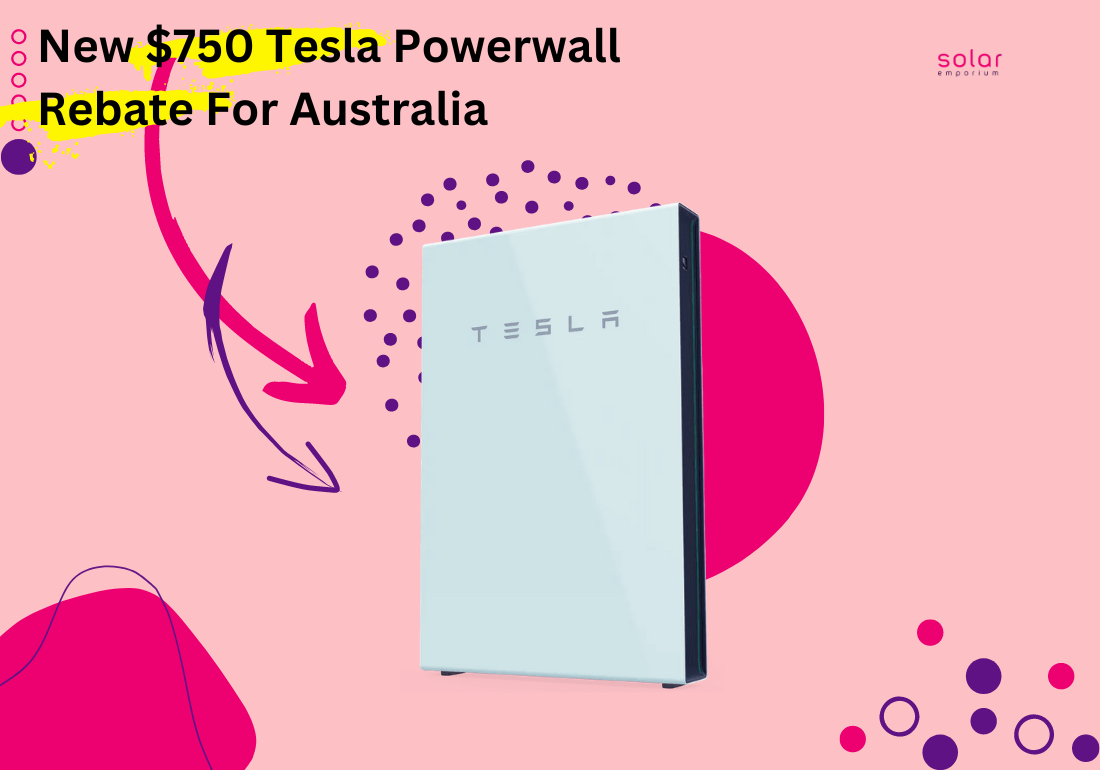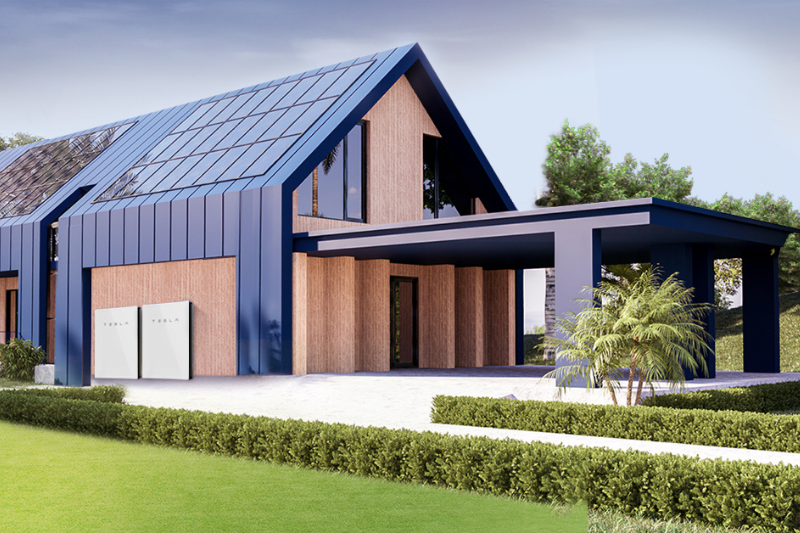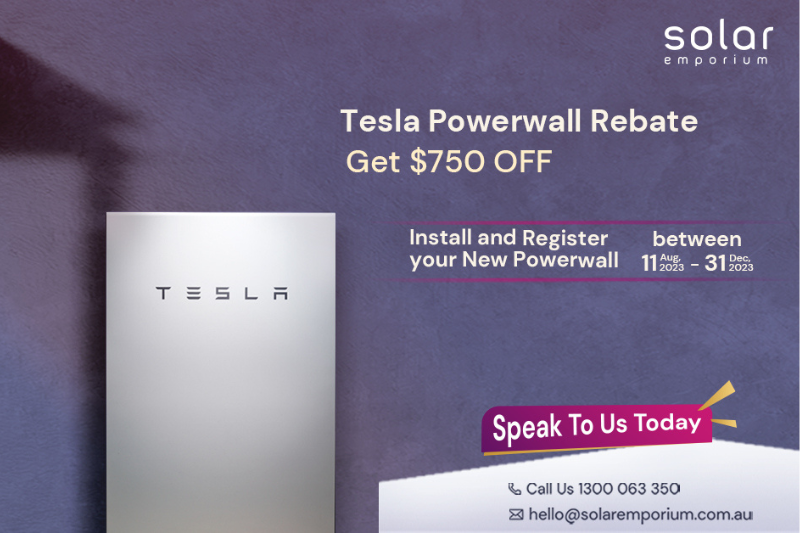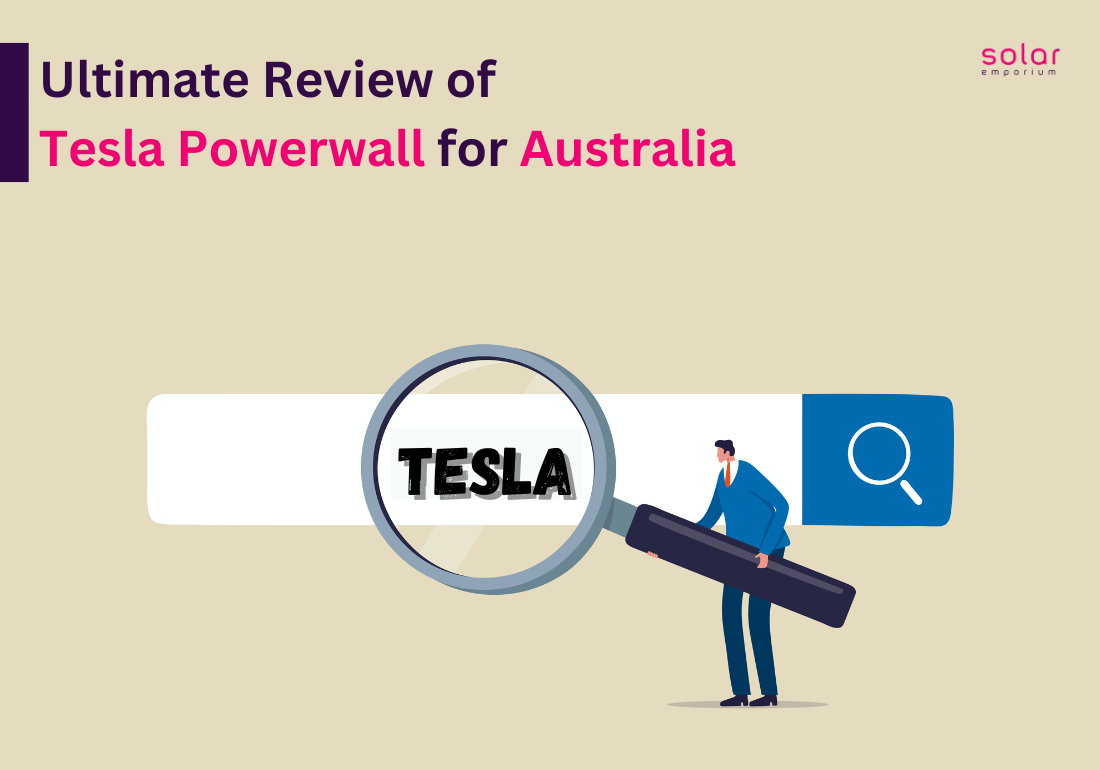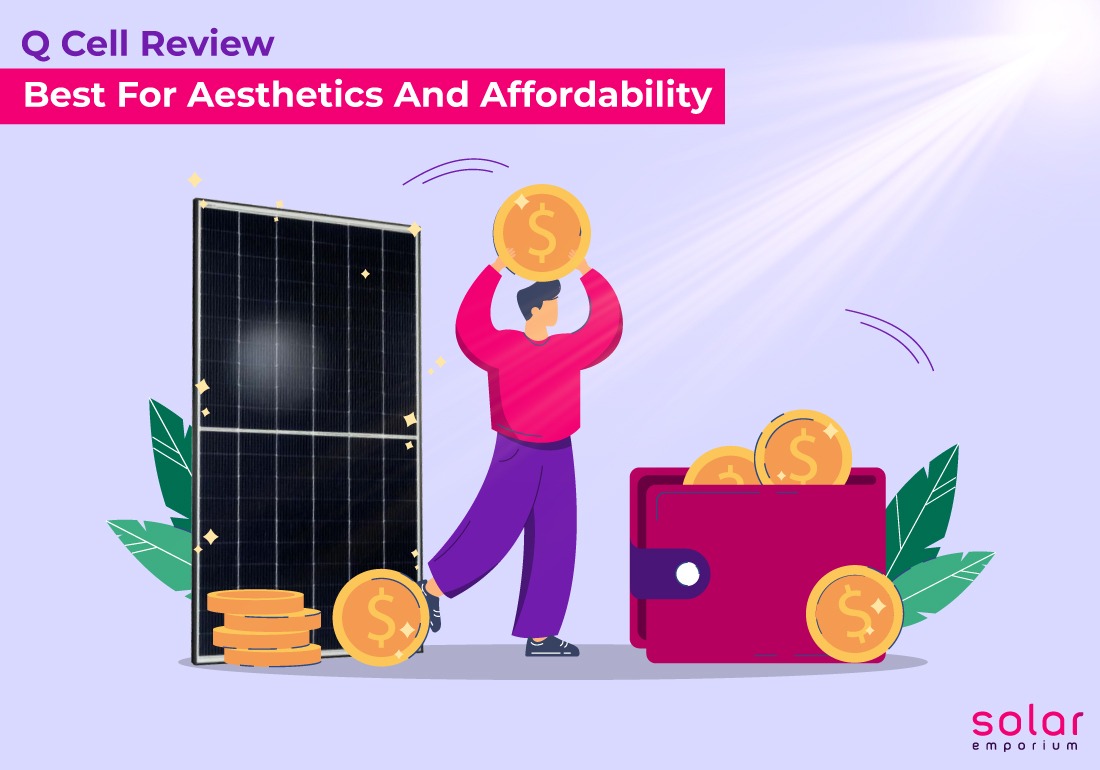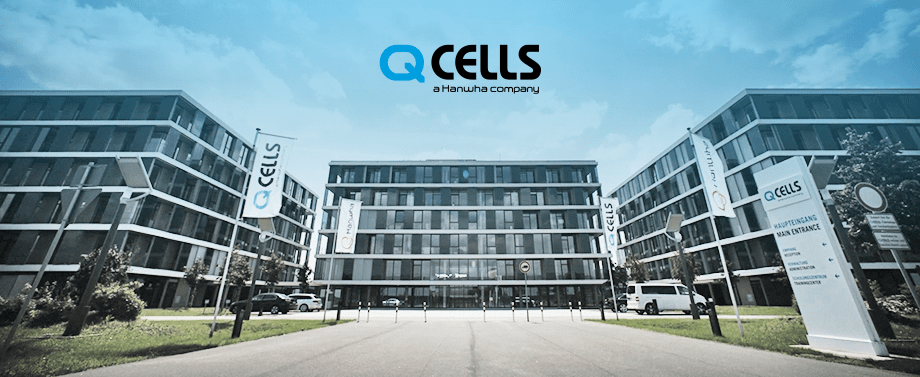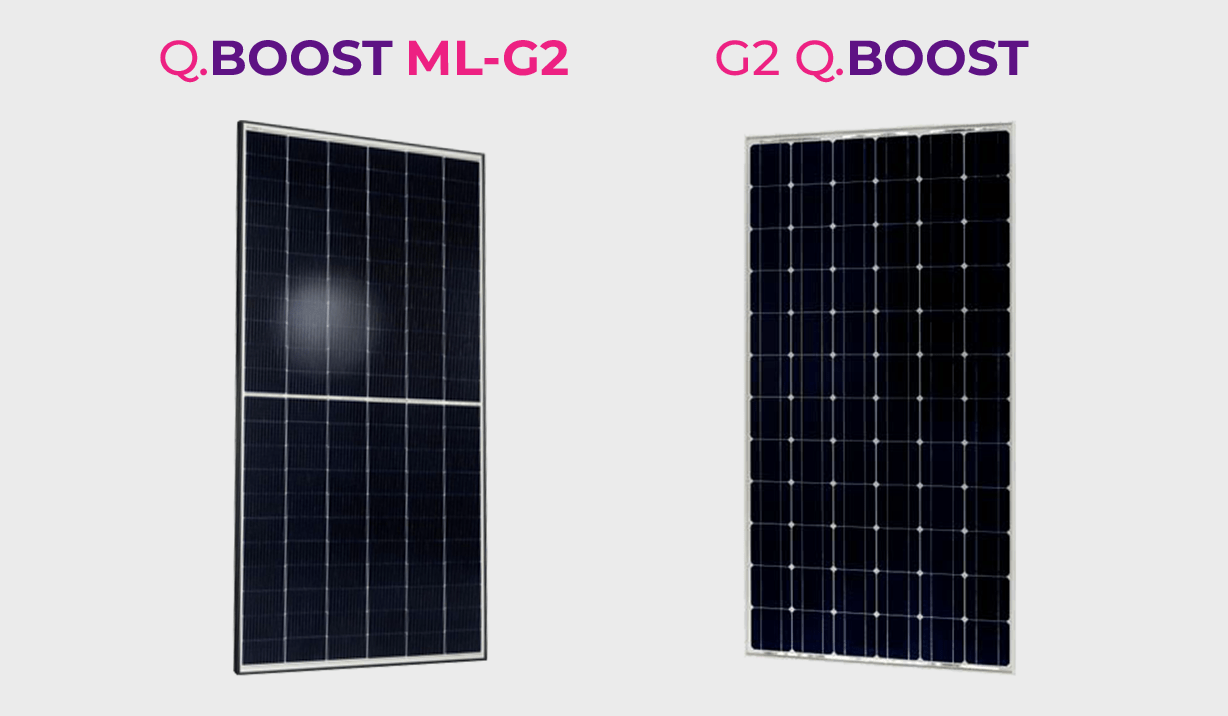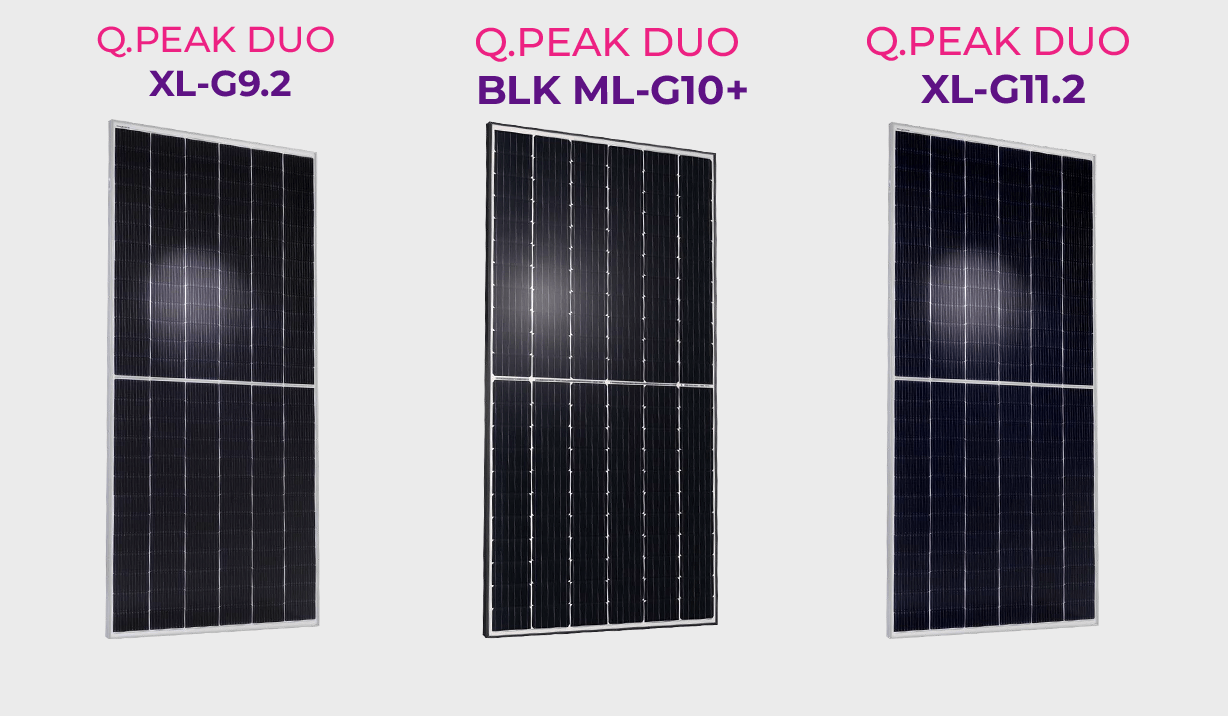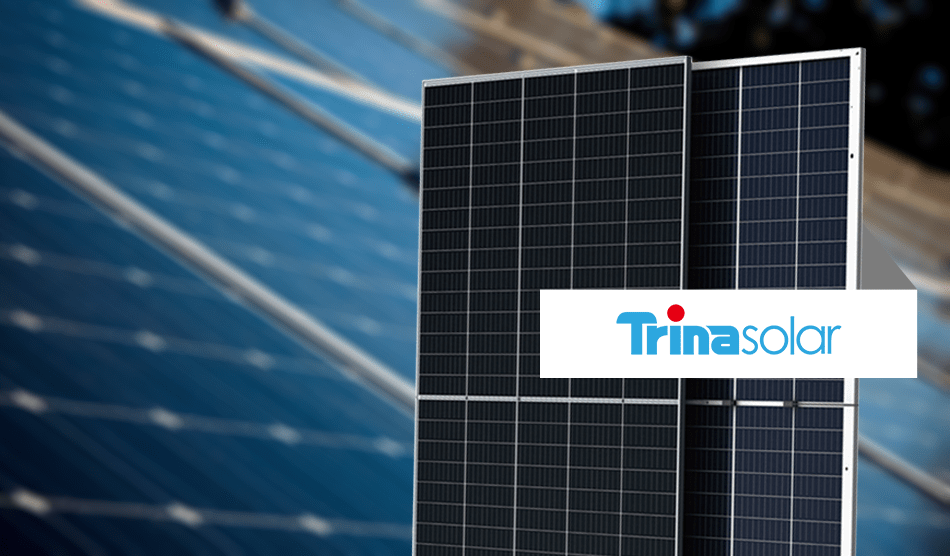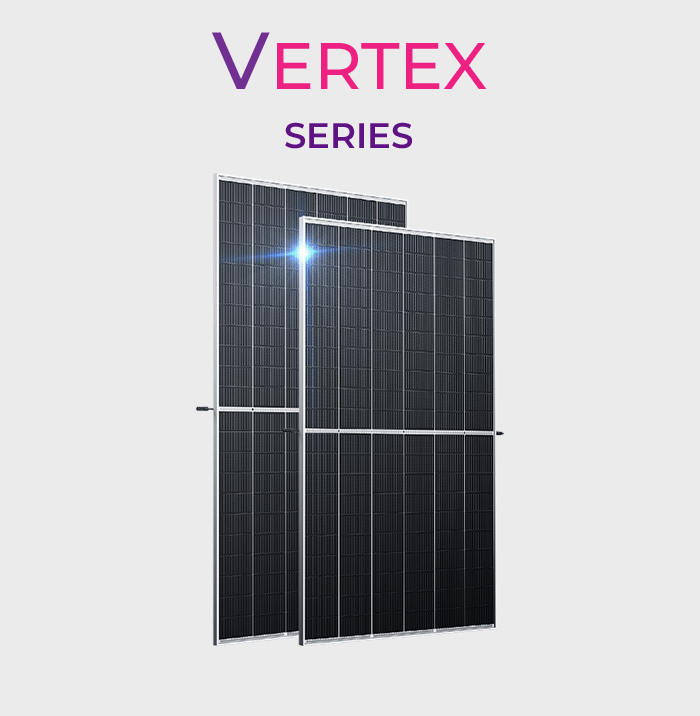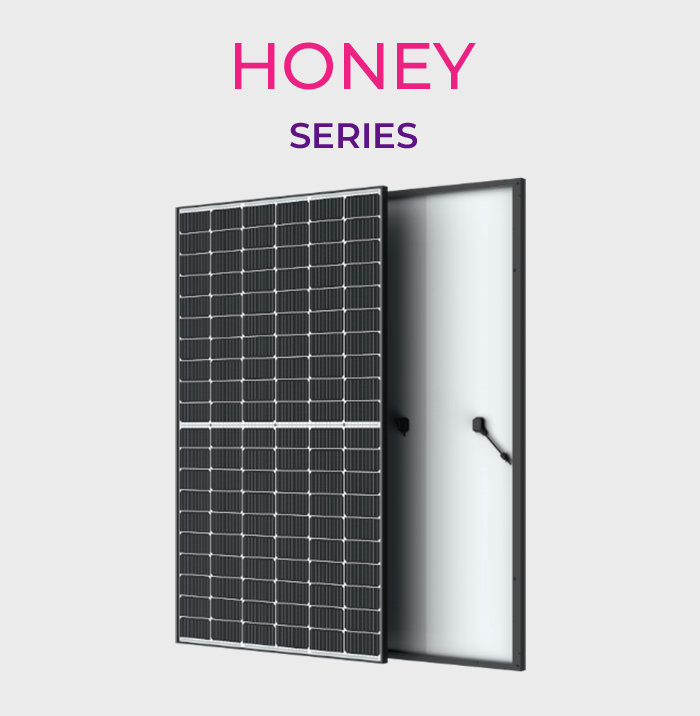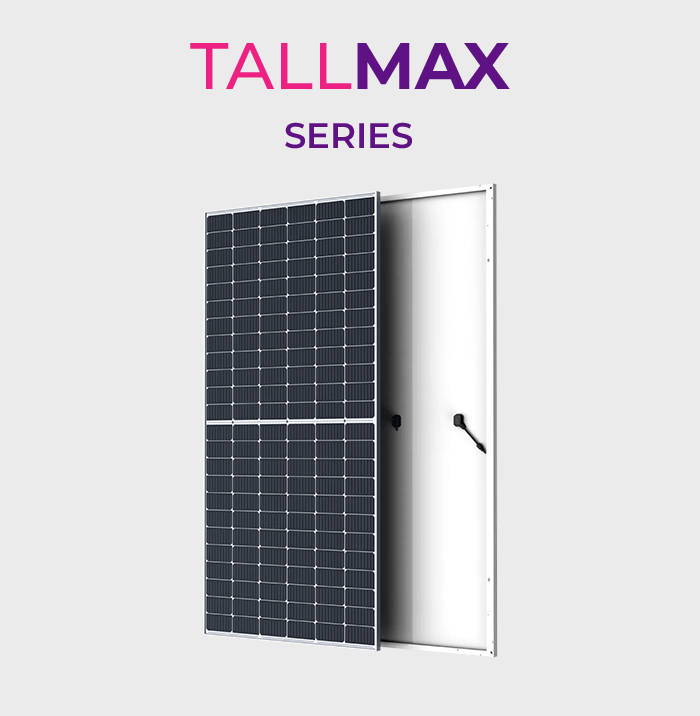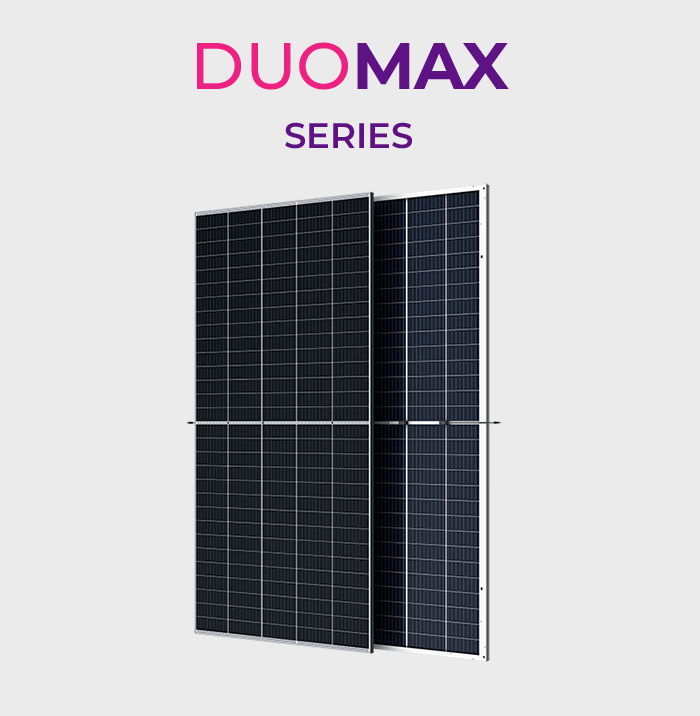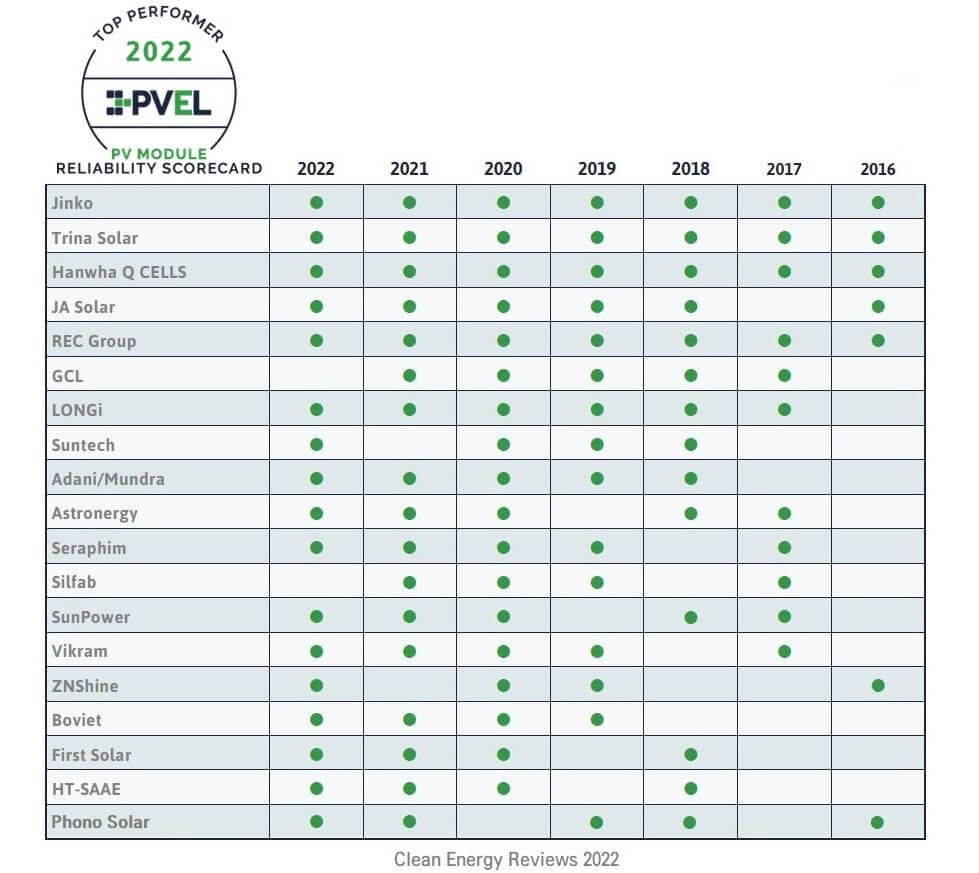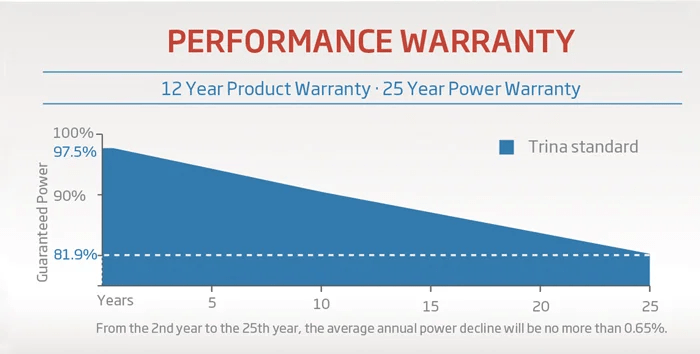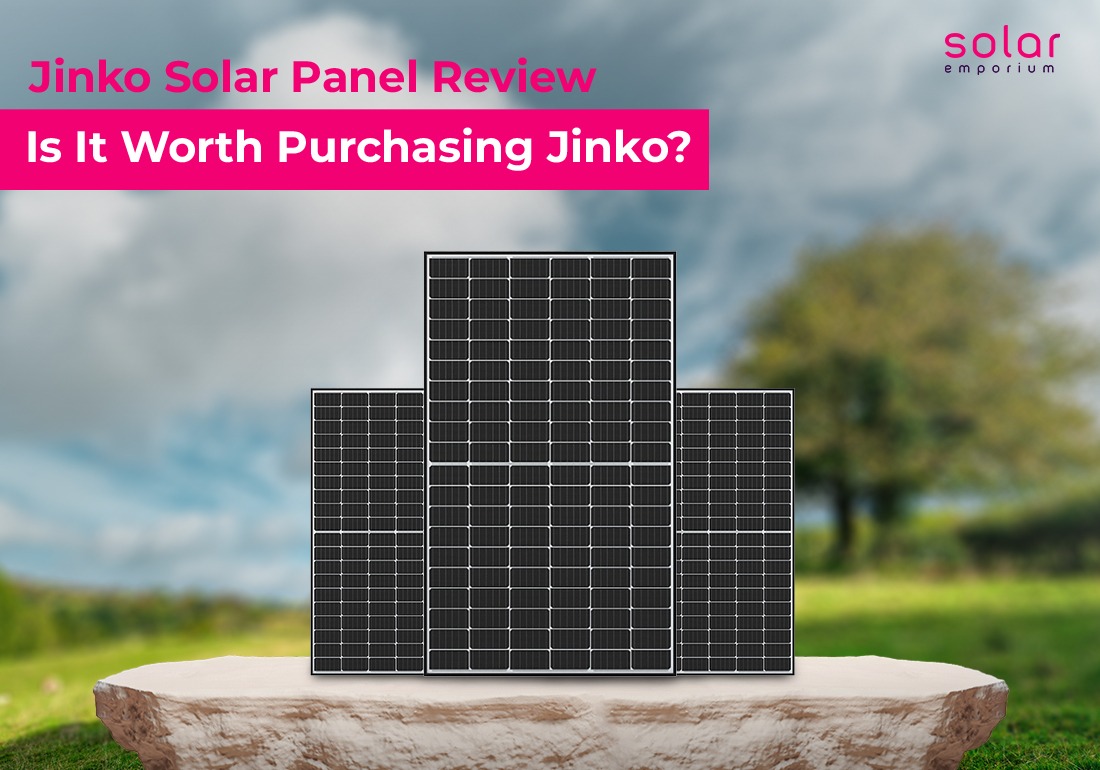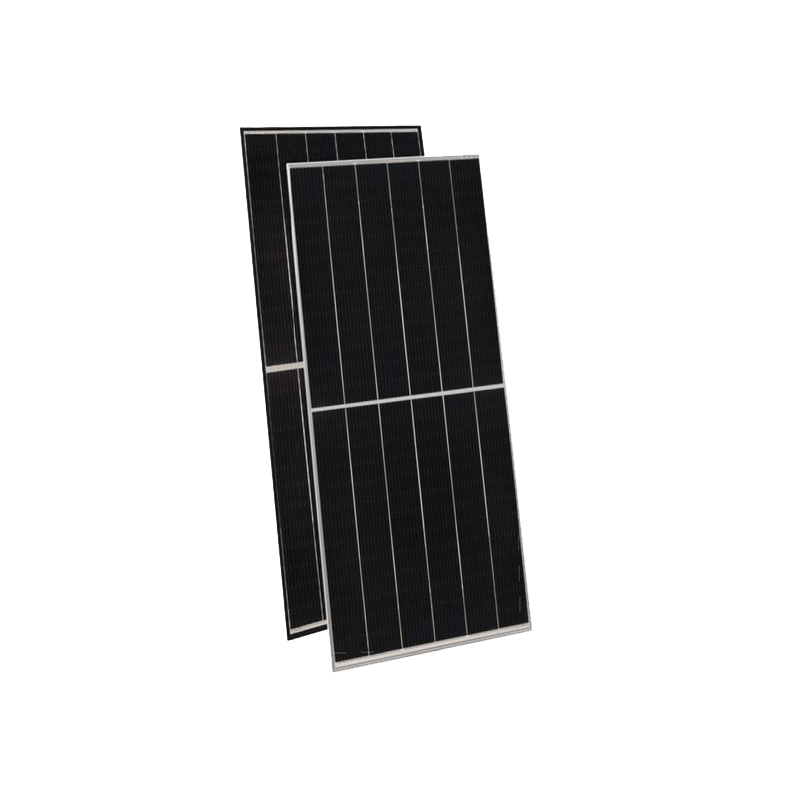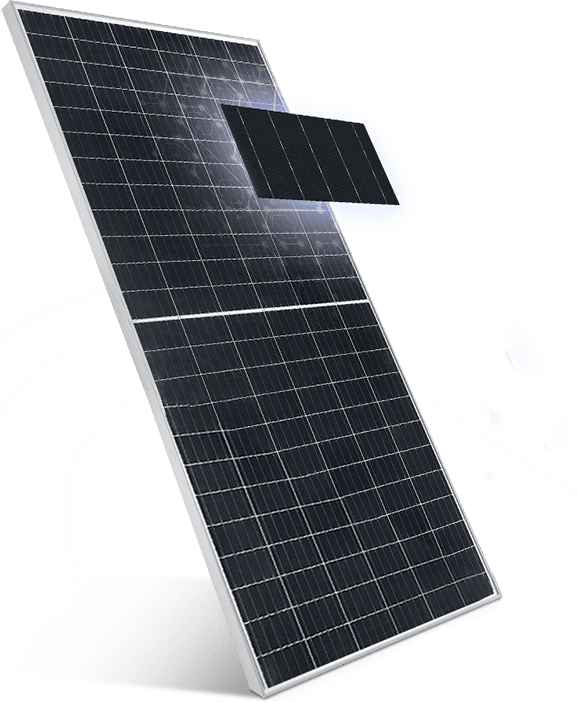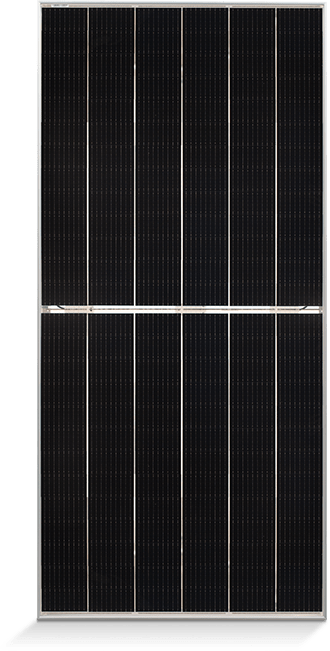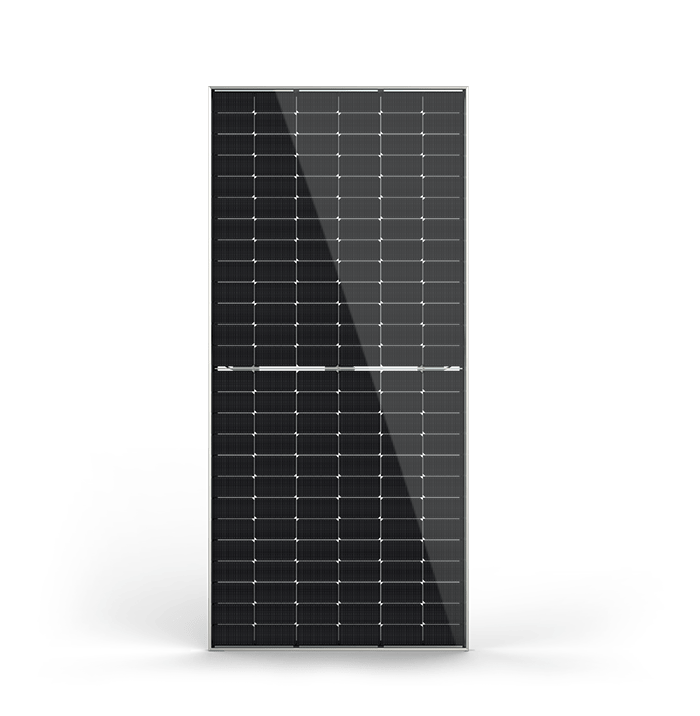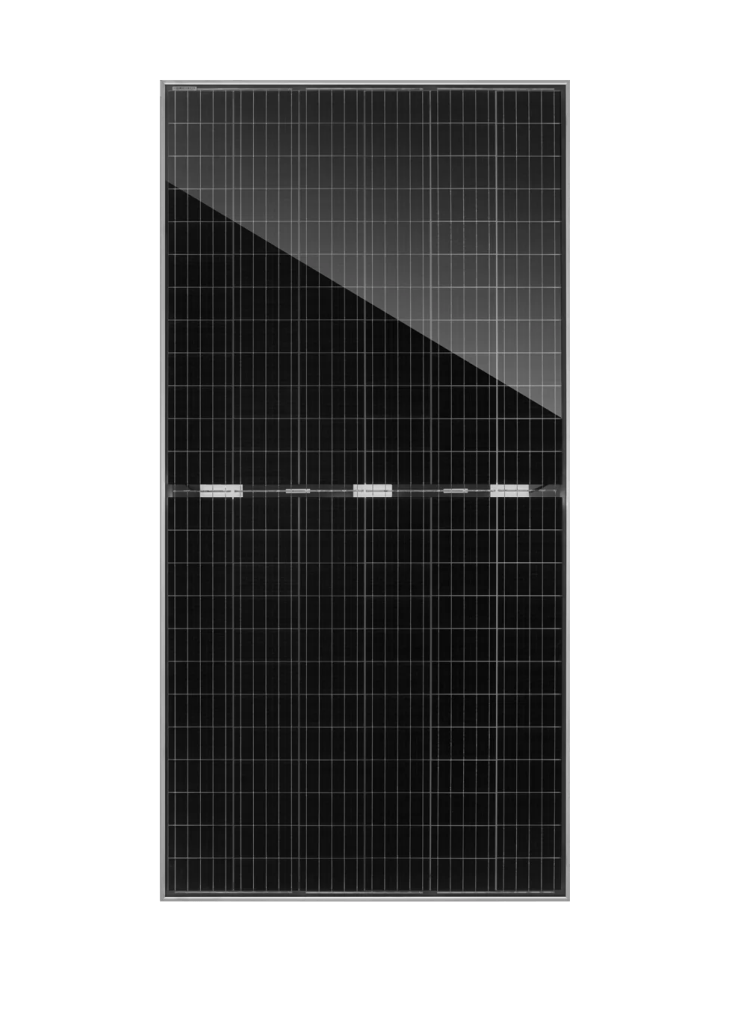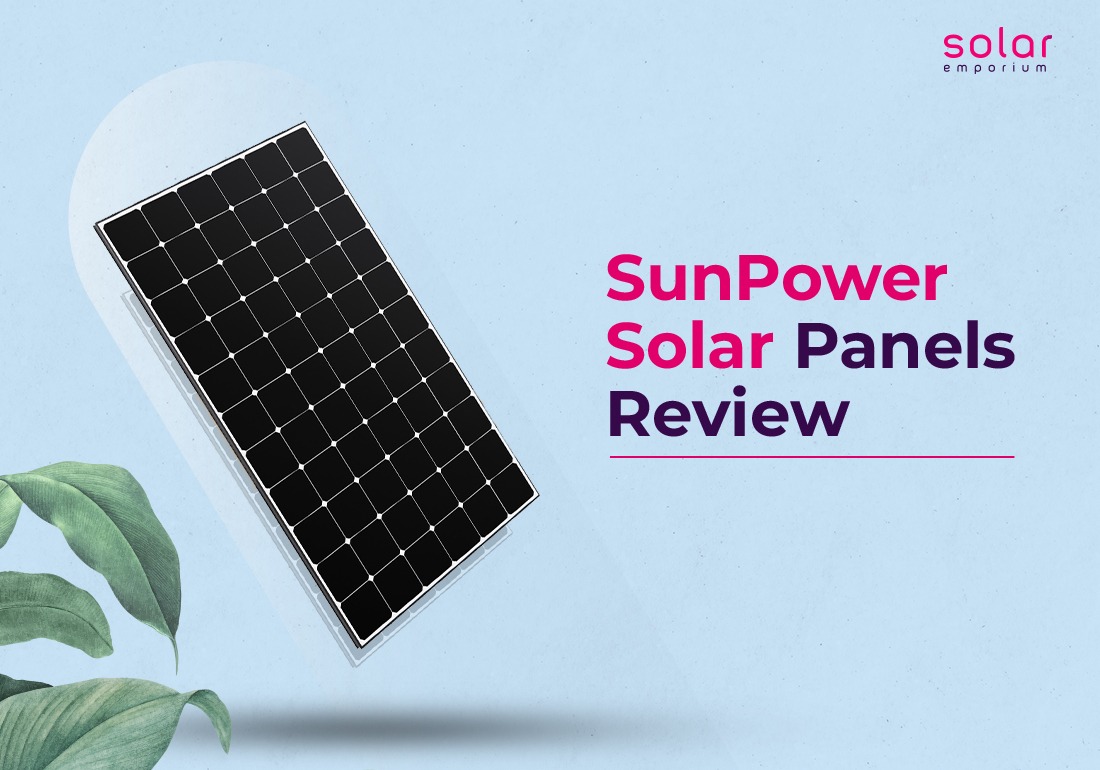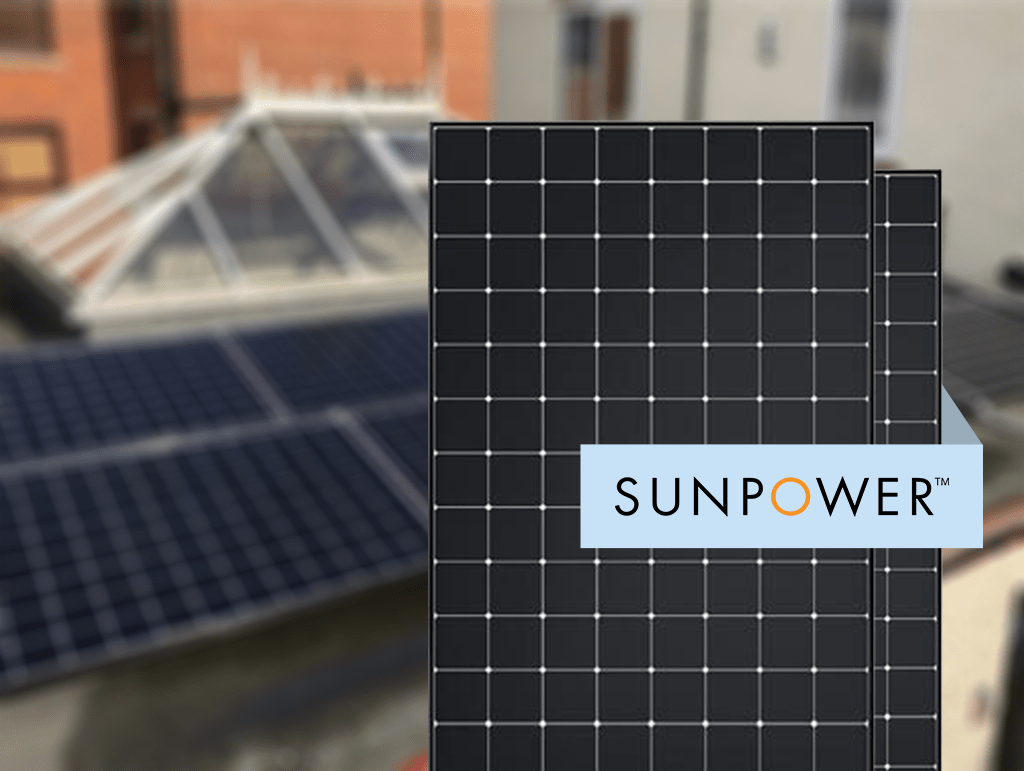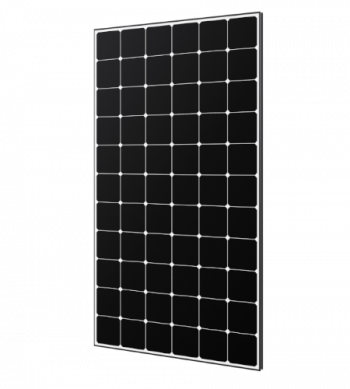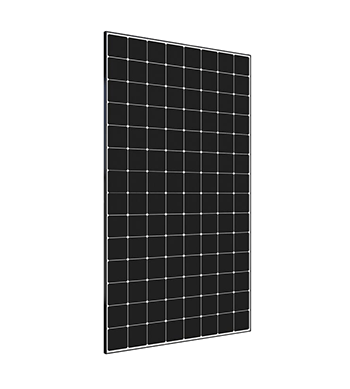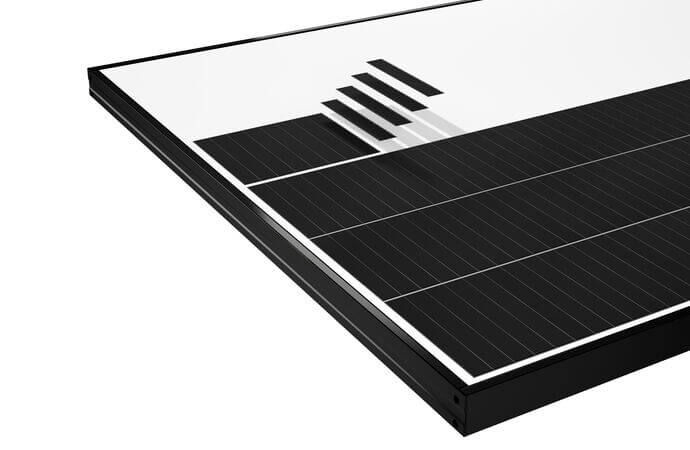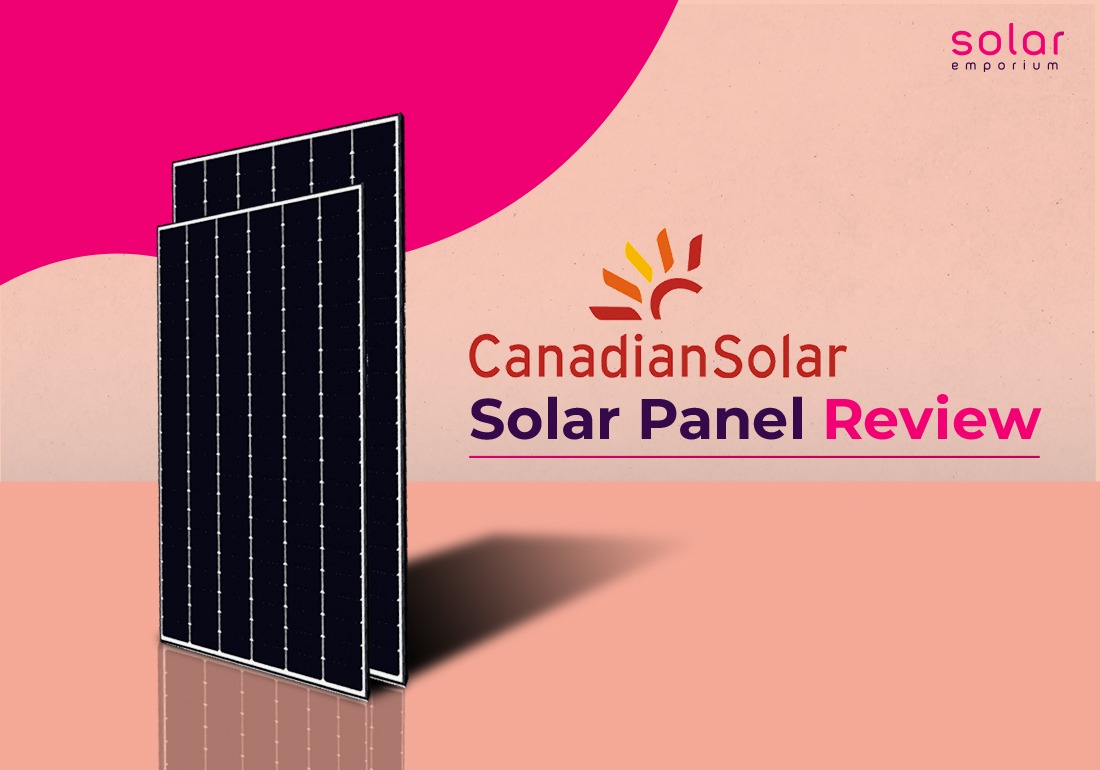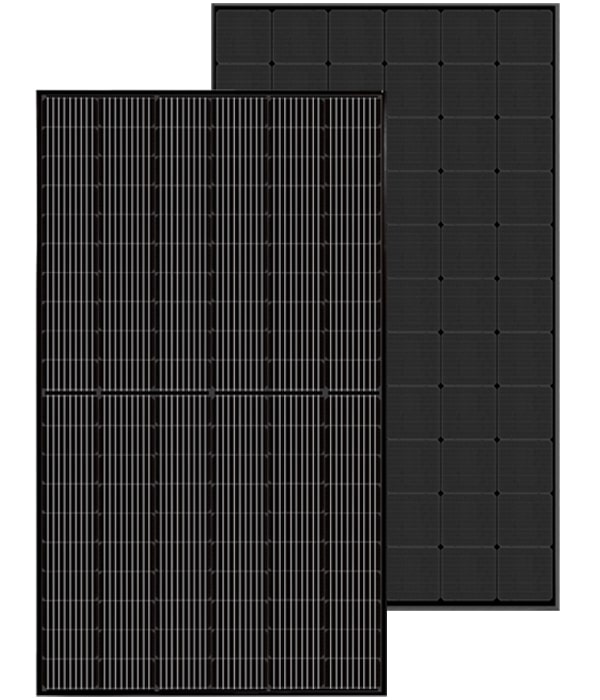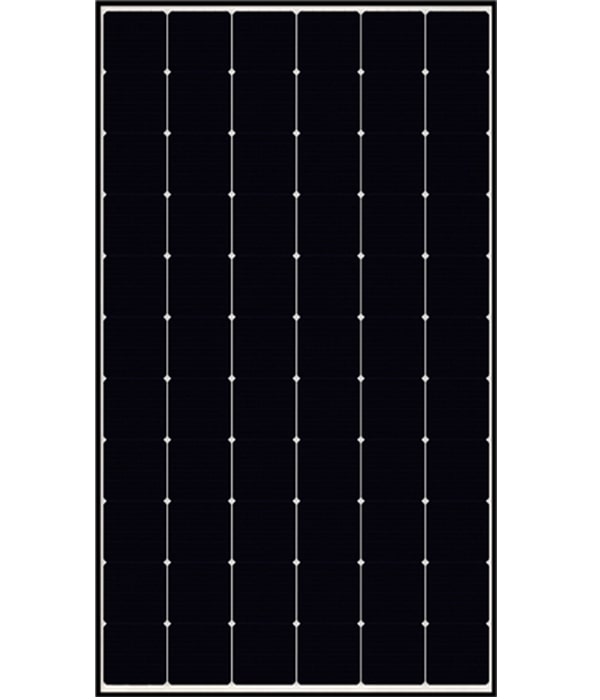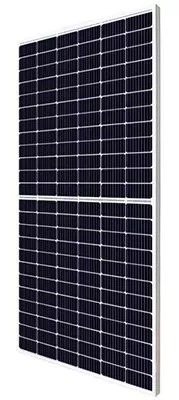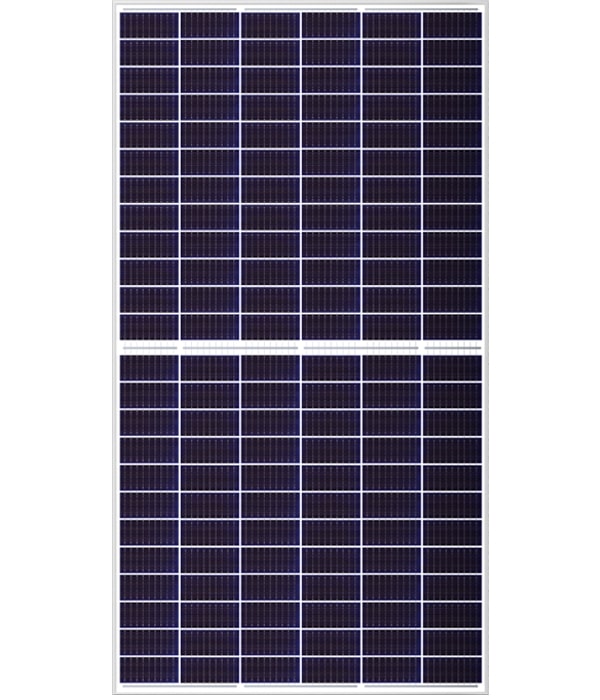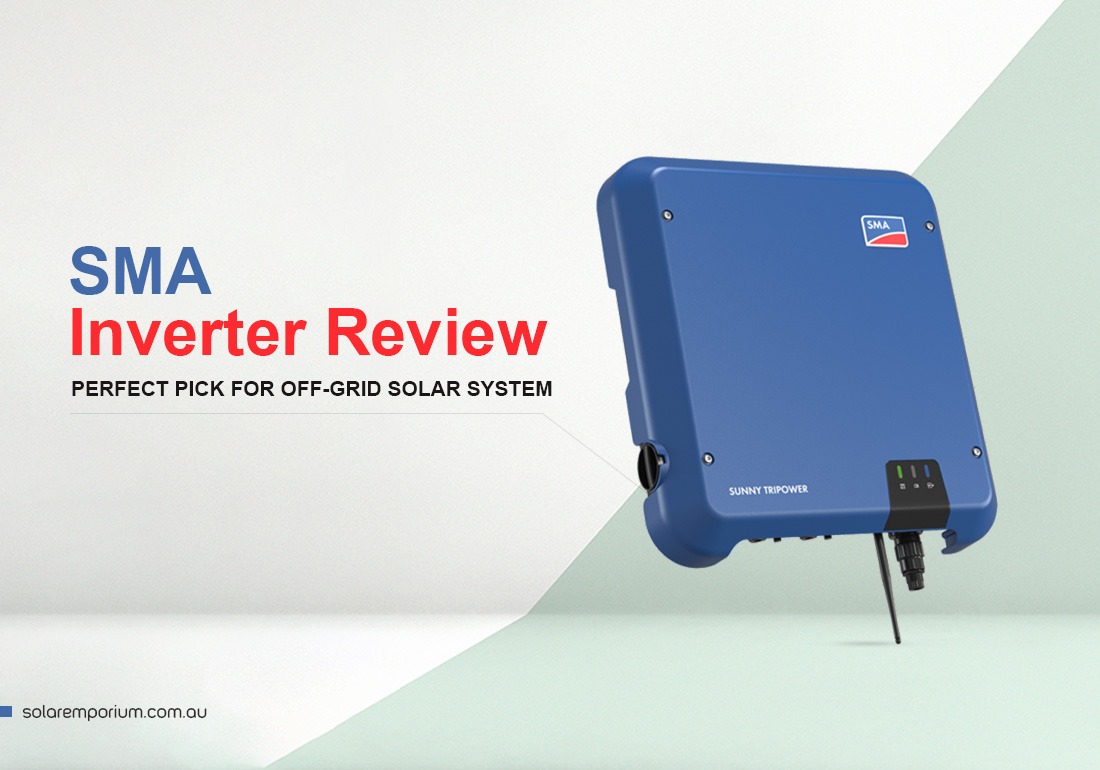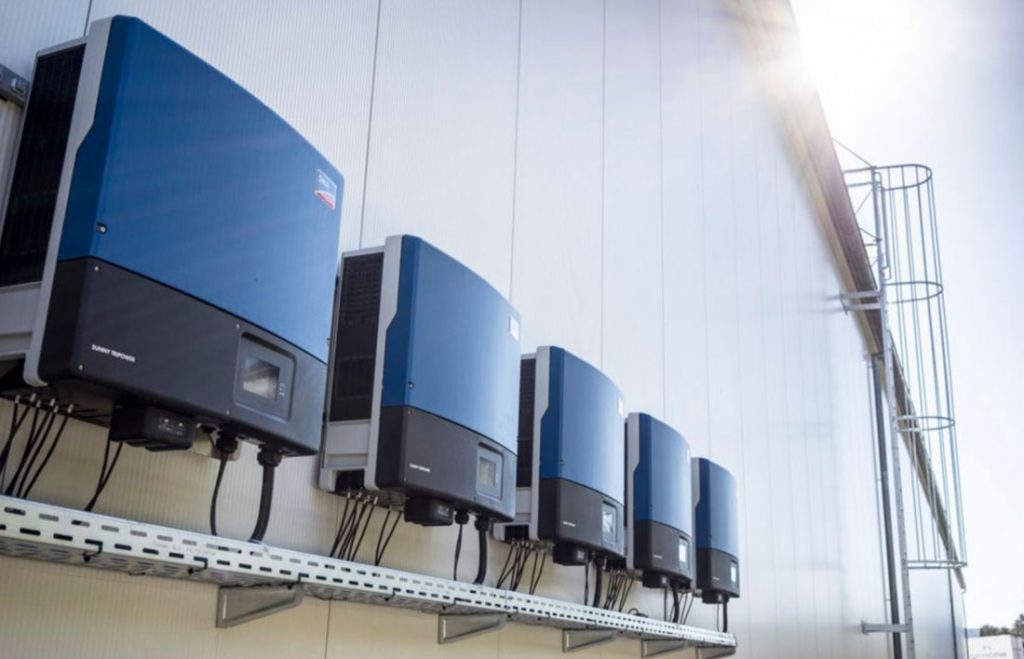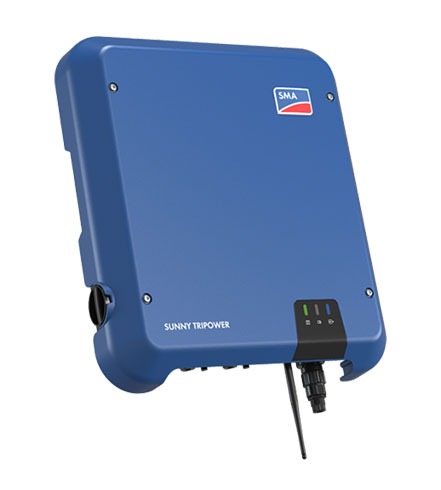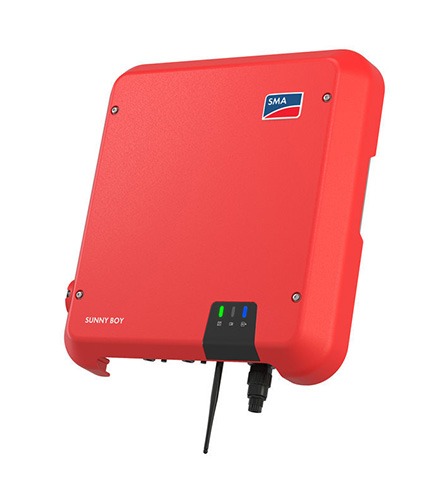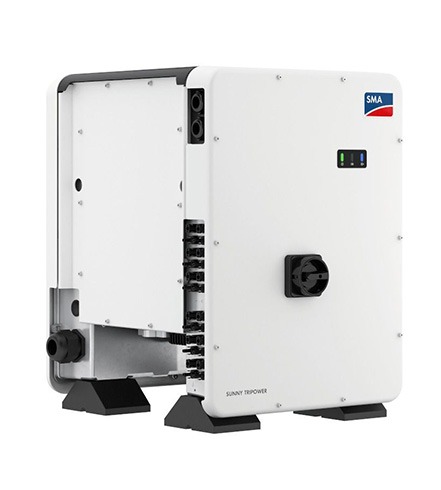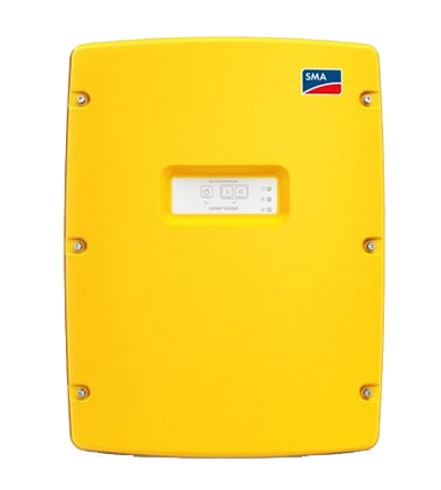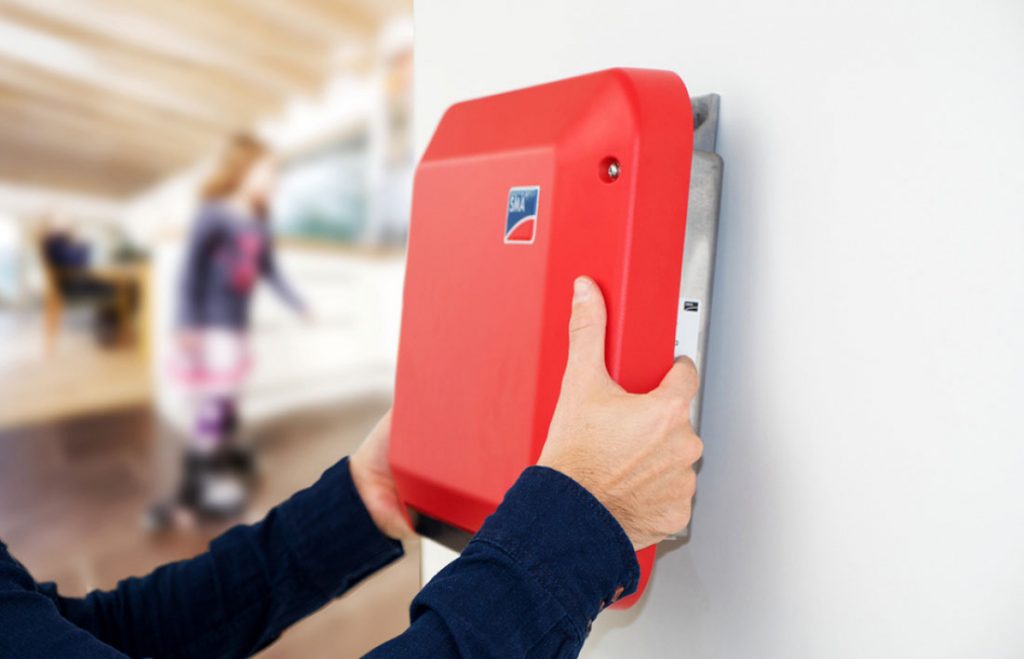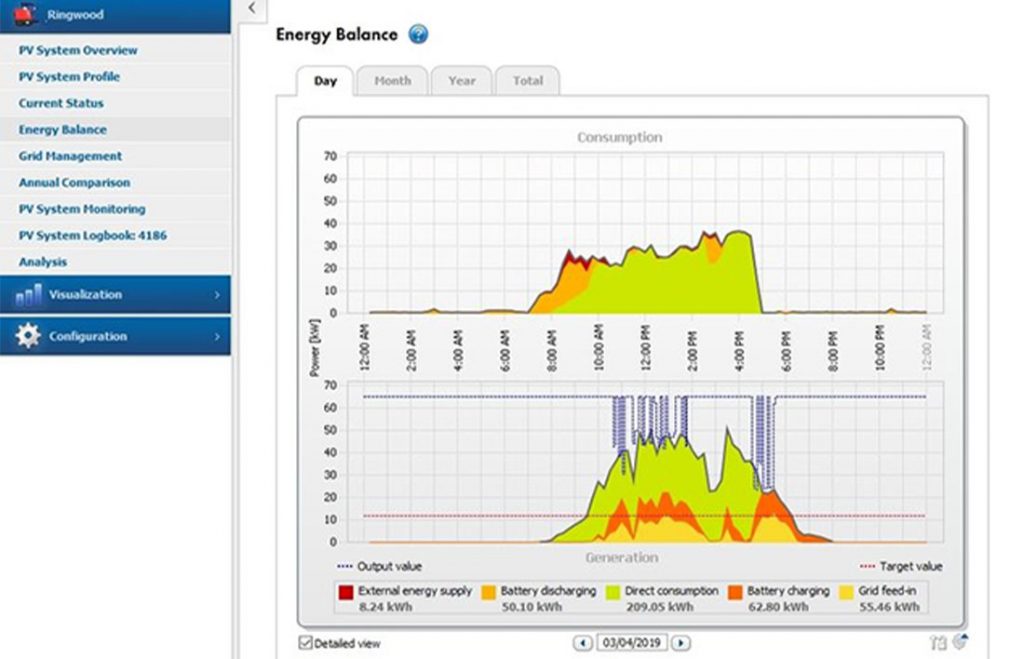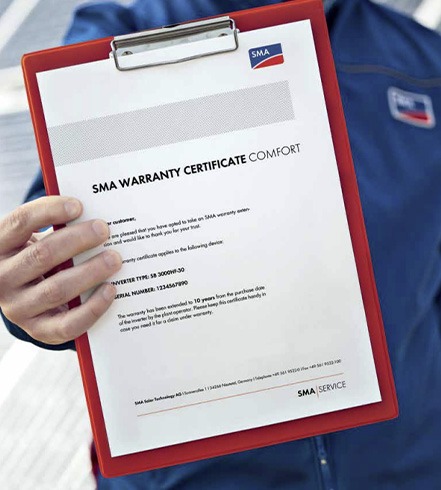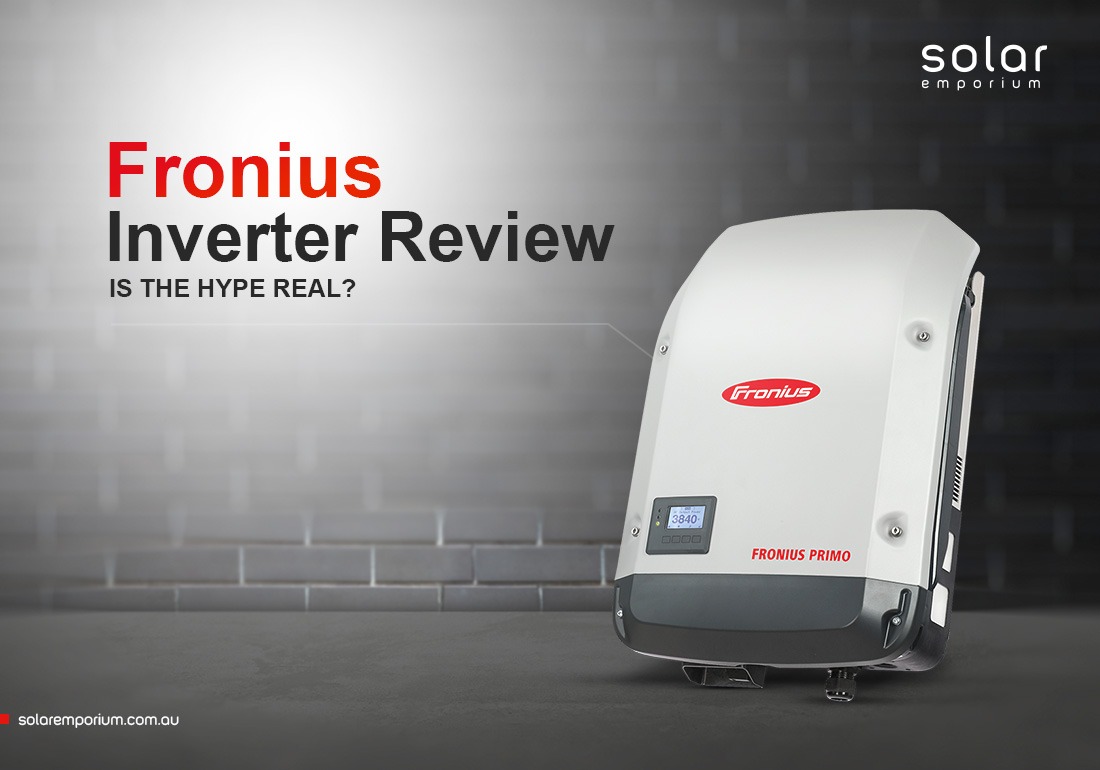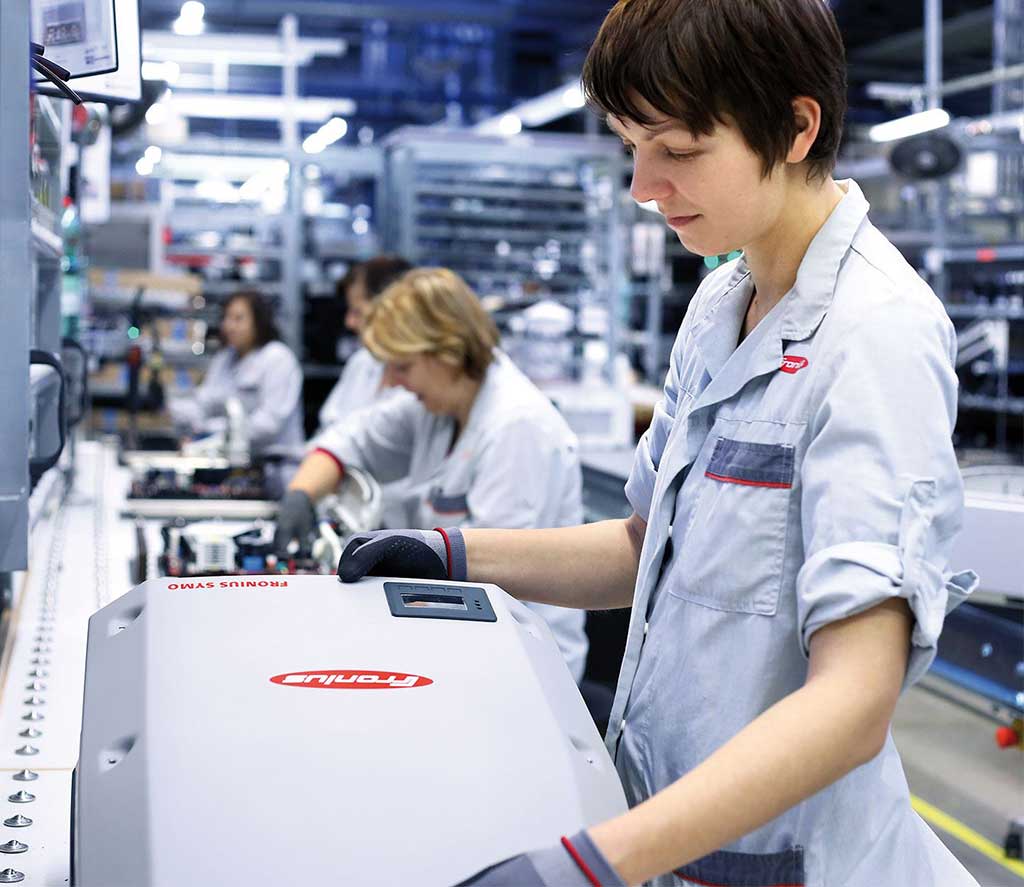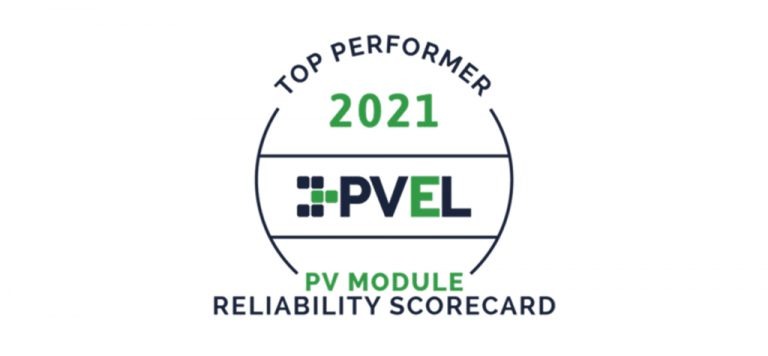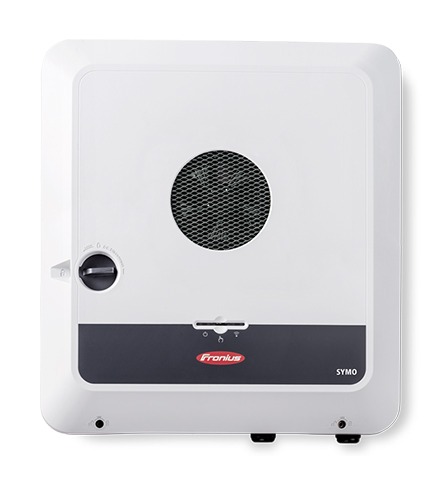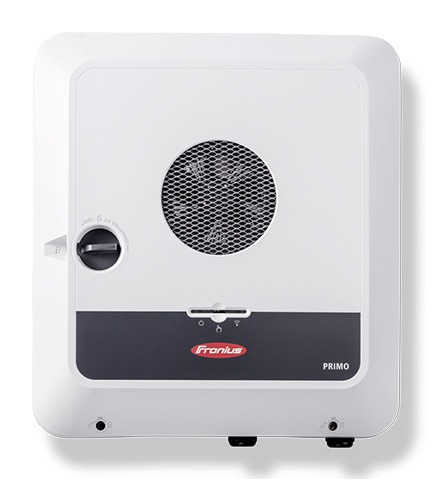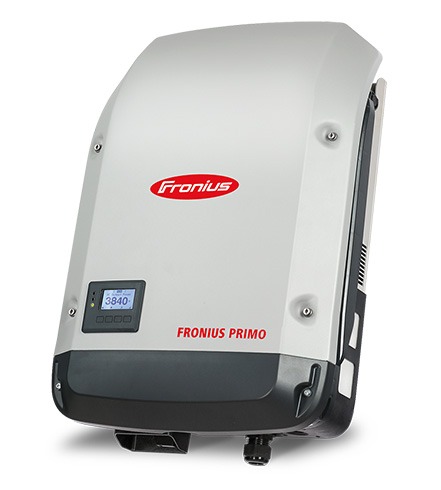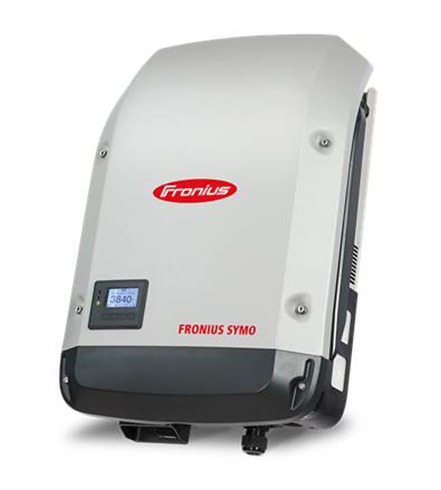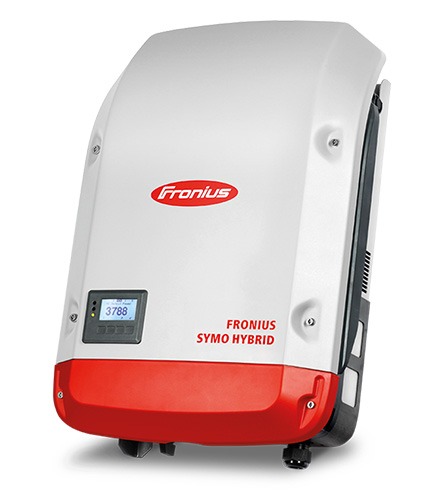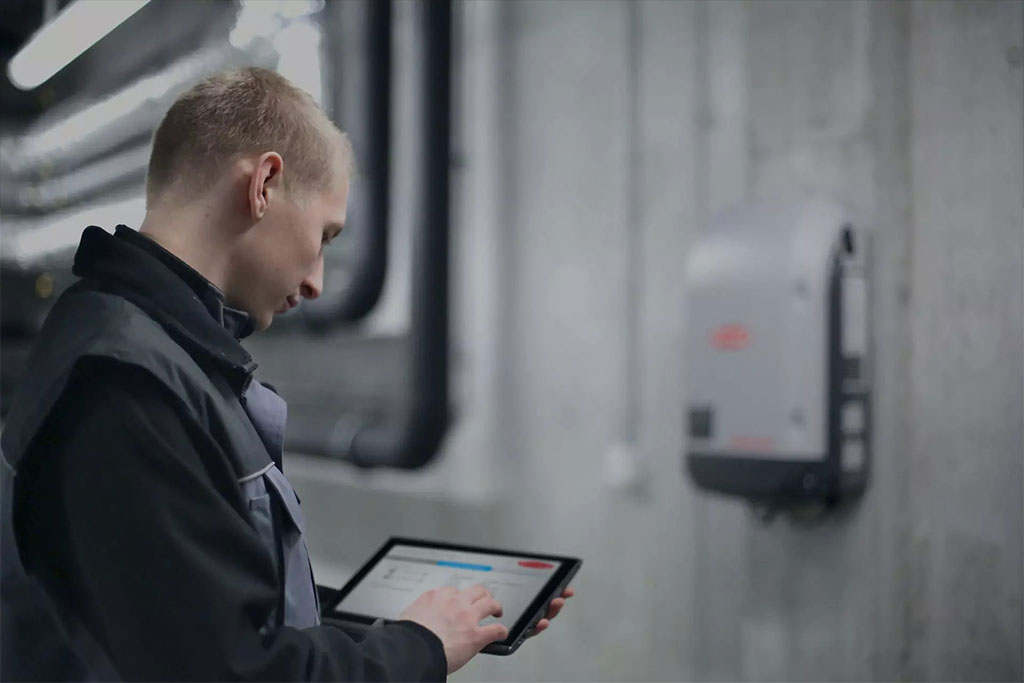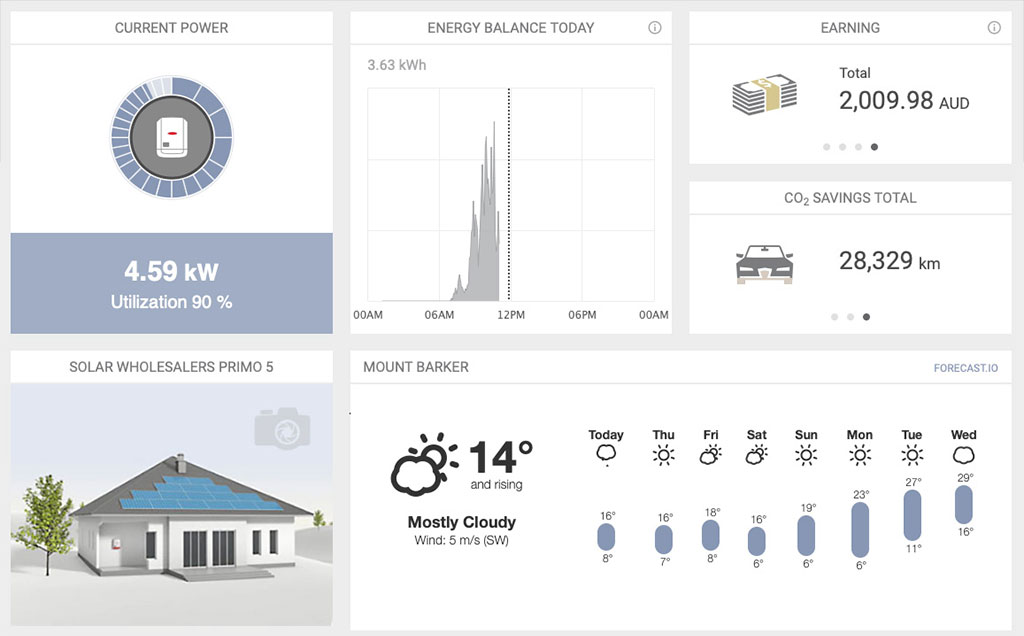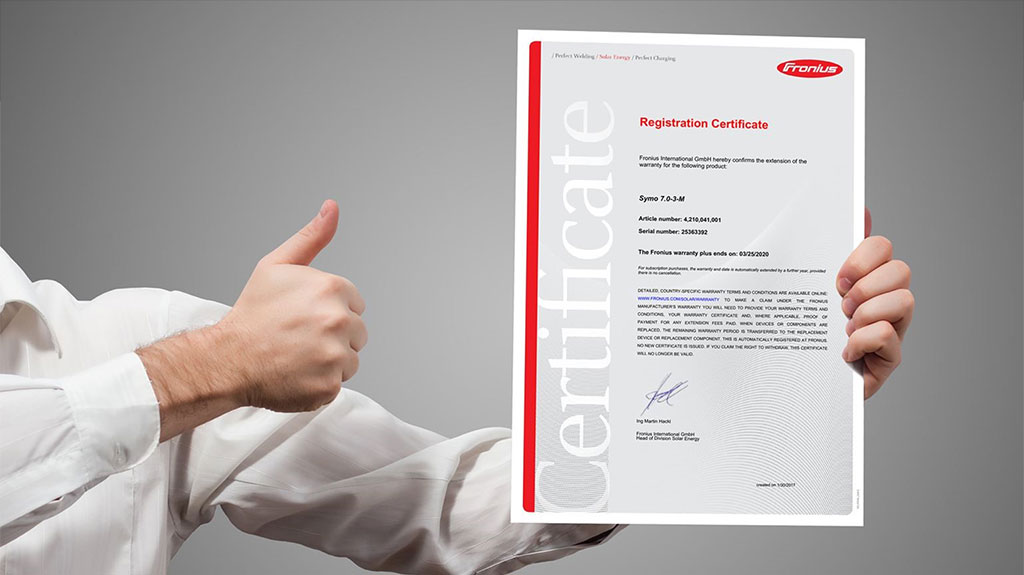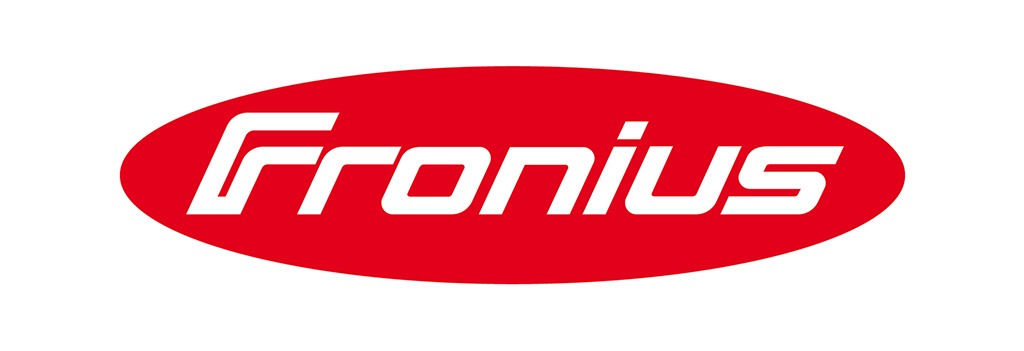Alpha-ESS is one of Australia’s leading solar battery brands. They have competed with global competitors with an impressive 300% annual growth rate.
Their production capacity is also noteworthy. They are producing up to 1 Gigawatt of batteries annually.
Their popularity in the residential market prompted us to make this review. So here goes the Alpha ESS battery review for 2023 by Solar Emporium.
Background on Alpha ESS
Alpha ESS stands out for its commitment to offering comprehensive training and support to installers, engineers, and consultants.
With a user-friendly installation process and a monitoring platform, users can be confident that their battery will seamlessly integrate with their solar system. And it will ensure optimal performance for years.
Alpha ESS, a Chinese energy storage systems manufacturer, primarily caters to residential and commercial markets on a global scale.
The acronym “ESS” comes from “Energy Storage System.” Founded in 2012, the company recently relocated its headquarters to Suzhou, China. Alpha ESS operates through over ten local subsidiaries and offers services in more than 50 countries.
In 2015, Alpha ESS established an office in Australia and quickly became a part of the South Australia home battery scheme in 2018. Soon after, they started production at full capacity.
Alpha ESS produces a range of products. The Smile series is for the residential energy storage market. The Storion series is designed for the commercial sector. And an industrial-scale battery enclosed within a shipping container.
Product Information
Alpha-ESS has a huge range of commercial batteries. On the residential side, Alpha-ESS has the Smile Series with different ranges of solar battery sizes to suit all residential purposes.
Unlike competitors like Tesla and LG, with just one model, Alpha-ESS gives you three size options to fit your energy requirements – 5.7, 10.3 and 13.3 kW.
Alpha ESS Residential Battery System – Alpha ESS SMILE
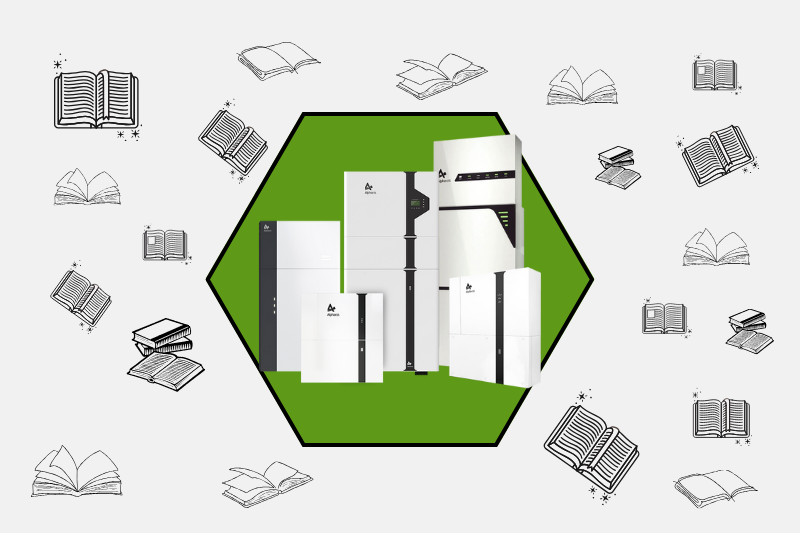
The Alpha ESS Smile series is designed for residential purposes. This series unifies a hybrid inverter, a battery system, and a storage unit to accommodate separate ‘battery modules’ for capacity expansion.
The hybrid inverter serves a dual purpose. It sends solar power directly to the household. In real-time, it converts battery power to usable AC power. While you buy the batteries separately, they integrate into a single aesthetically pleasing unit.
During a blackout, the Alpha ESS system can supply clean power to a home or business. Importantly, this technology is built into the system, eliminating the need for additional costs or components, contrasting to other battery systems.
Alpha ESS Smile 5 Solar Batteries at a Glance
The SMILE 5 series is equipped with a 5kW hybrid inverter.
It can also be upgraded with four distinct-capacity batteries. Ranges are from 2.9kWh to 13.3kWh. These can also be expanded up to 80kWh.
- The Smile-5 series is a complete unit of batteries, an inverter, and a battery management system.
- It offers blackout protection and ensures constant power supply during outages.
- It has outstanding solar storage capacity and efficiency.
- The Smile-5 series features an innovative and stylish design with durability.
- After Alpha ESS Wi-Fi setup, the solar battery can receive real-time software updates.
- The product is backed by a 5-year warranty, with a 10-year warranty for the battery itself.
- Minimal maintenance is required post-installation.
- The residential Solar Battery is available in storage capacities ranging from 2.9 kWh to 34.2 kWh.
- These Smile-5 series batteries support 24/7 monitoring, ensuring continuous performance tracking.
Whether you want to install a solar panel system in your home or already have one, the Alpha ESS solar battery can seamlessly work with your existing solar panel system.
Alpha SMILE B3 Review
The Alpha Smile B3 Plus has a 3 kW output and a minimum capacity ranging from 5.04 kWh to 30.24 kWh. These ranges make it perfect for homeowners who need to increase their battery storage in the future but want to avoid paying high installation costs.
The Alpha Smile B3 is compatible with both AC and DC energy.
The Alpha Smile B3 Plus is equipped with LFP technology. It is one of the safest Lithium batteries available in the Australian market. It has an IP65 classification.
This Alpha series is suitable for outside installation and has an operating temperature range of -10 °C to 50 °C. That makes it ideal for our harsh climate.
What is the Price of Alpha ESS Batteries?
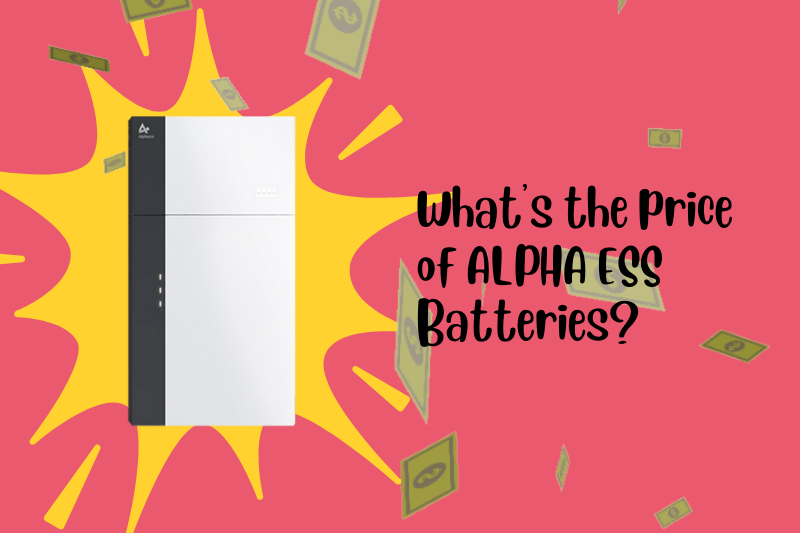
The price of Alpha ESS batteries can change based on several things. The prices depend on the battery’s capacity, installation type, and location.
Generally, a 10 kWh Alpha ESS battery system is approximately $8,500 to $10,000. On the other hand, systems with a 10-20 kWh capacity cost around $12,000 to $15,000 or more.
These are only approximate values. Contact Solar Emporium and check out our Alpha ESS page to know more.
Alpha ESS Products-
Alpha ESS SMILE5 5.5kWh $8,500 to $9,000 ($AUD)
Alpha ESS SMILE5 11kWh $12,000 to $13,000 ($AUD)
Alpha ESS SMILE5 16.5kWh $15,000 to $17,500 ($AUD)
It’s better to compare the expense of a battery with the potential savings on your electricity bill. Use a Solar Calculator to compare the costs.
Benefits of Alpha ESS Solar Battery
- Installation of the Alpha ESS solar battery is a hassle-free process.
- Its German design guarantees durability and high-energy storage performance for residential use.
- These batteries are made from lithium iron phosphate, a chemically safe and secure battery choice.
- User reviews confirm the eco-friendliness and highlight their absence of toxic emissions.
- This battery is compatible with new installations and is versatile for various setups.
- Various ranges of products provide complete residential energy self-sufficiency.
- It features multifunctionality by offering multiple operational modes to suit diverse needs.
- This solar battery protects during blackouts and is a dependable backup power source.
- These have customisable battery sizes to align with your specific needs.
- Their inverter comes with the system.
- Alpha Cloud monitoring platform delivers all the information about your energy consumption.
- Opportunity to generate revenue in the electricity market through integrated VPP software
Technical Specification
- 5kW nominal capacity
- 5kW surge rating
- 7.5kW solar capacity
- PV current input: normal 15a – short circuit 18a
- Warranty period: 5 years
- Usable 13.3 kWh.
- Battery warranty: 80% capacity remaining after ten years – 38.836Mwh (Approx- 8000 cycles)
- Eight years of throughput at one complete cycle per day
- The inverter and battery cost approximately $11385 with installation.
- $856 per usable kWh
- $/warranted-kWh: $0.29 at one cycle per day / $0.146 at two cycles per day (*8000 @ 2/day = 11 years)
The Alpha ESS Monitoring Platform
This platform is the most advanced in their battery range. It has all the features of Tesla and LG, with the added feature of trading on the electricity market via Virtual Power Plant (VPP) software.
With Alpha Cloud Monitoring, your days of physically inspecting the storage system are gone. You just get the Alpha ESS App on your phone or computer and check your system remotely.
Rather than simply use your battery-stored power in your home, you can also sell it during peak hours. Solar Emporium’s energy experts are happy to explain how it works. Get a free solar quote today!
Alpha ESS or Tesla Powerwall 2

Alpha ESS and Tesla Powerwall 2 are the most popular energy storage solutions in the Australian energy market. Both batteries can store and provide solar panels’ electricity or backup power.
But which one should you go for? Let’s try to get to the bottom of it.
Both Alpha ESS and Tesla Powerwall 2 use lithium-ion battery technology. You can install multiple units to increase your storage capacity based on your energy needs.
Alpha ESS and Tesla Powerwall 2 offer blackout protection by supplying power during grid outages. This feature provides peace of mind and continuous electricity in case of power failures.
Both systems offer smartphone apps and online monitoring platforms that allow users to track their energy production, consumption, and battery status.
They come with warranties to guarantee product reliability. Tesla Powerwall 2, for example, comes with a 10-year warranty, and Alpha ESS offers similar warranties. However, the exact terms may vary by region and specific product.
They are designed to charge and discharge energy efficiently. Alpha ESS and Tesla Powerwall are environmentally conscious in their designs and manufacturing, promoting clean and sustainable energy solutions.
While they share these standard features, there are differences in pricing, available capacity, compatibility, and some advanced features.
The choice between Alpha ESS and Tesla Powerwall 2 should be based on your energy needs, budget, and preferences.
Choose Solar Emporium for Storage Solutions
You need to speak with a solar professional regardless of the battery brand you are considering. Contact Solar Emporium for a better understanding.
Choosing the appropriate size and technical specifications for your energy needs will maximise your savings and shorten the time it takes to see a return on your investment.
Solar Emporium offers a variety of batteries to meet even the most specific needs. Also, check out our solar packages and decide for yourself.
